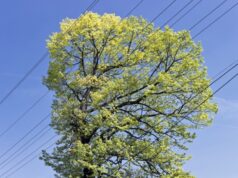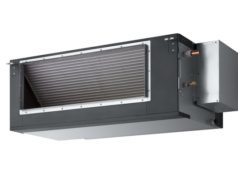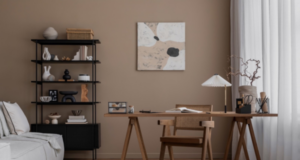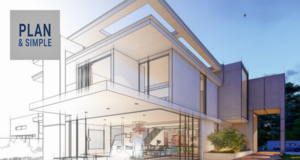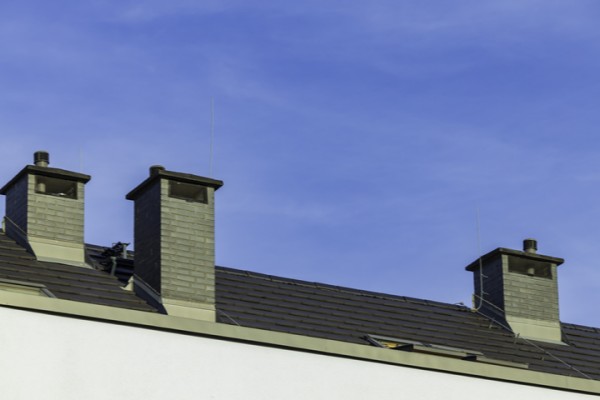
If you’re planning to install or update a fireplace, wood heater or combustion stove in your Australian home, it’s crucial to get the chimney or flue height right. Not only does this affect how well your heater functions, but it also ensures compliance with national regulations and helps reduce smoke pollution.
Here’s a guide to the current chimney and flue height requirements under the National Construction Code (NCC) and Australian Standards, and what they mean for your renovation project.
Why chimney and flue height matters
The height of a flue or chimney directly impacts how well smoke is drawn out of the home. If it’s too short, it can cause smoke to backdraft into the room or affect neighbouring properties. A properly designed and installed flue helps:
- Improve air quality inside and outside the home
- Ensure efficient operation of the heater
- Reduce the risk of fire or smoke-related health issues
- Comply with council and national regulations
The key standards: AS/NZS 2918 and the NCC
The main document that sets out the rules is AS/NZS 2918:2018 – Domestic solid fuel burning appliances – Installation. This standard is referenced in Volume 2 of the National Construction Code (NCC), which governs residential building work in Australia.
Under this standard, flue systems for solid fuel heaters must:
- Terminate at least 600mm above the highest point of the roof (measured within a 3m horizontal radius from the flue),
- Or, if the roof is flat or low-pitched, the flue must extend at least 1m above the roof line.
This is commonly referred to as the “3m rule”. The top of the flue must:
- Be at least 1m above the point it exits the roof, and
- Be at least 600mm higher than any part of the building (or nearby structures) within 3m.
These clearances help ensure proper draft and reduce the risk of smoke accumulation around the home.
Additional flue design and location requirements
When installing or updating a chimney or flue, there are other practical and regulatory considerations to keep in mind:
- Wind effects: Chimneys and flues must be positioned so that prevailing winds don’t force smoke back down into the house or into neighbouring properties.
- Combustible materials: Flue pipes must be installed with adequate clearance from combustible materials (e.g. timber framing, ceiling joists). Refer to the manufacturer specifications and AS/NZS 2918 for exact distances.
- Penetration flashings: Where the flue penetrates the roof, proper flashing and weather-sealing must be used to prevent water ingress.
- Double-skin or triple-skin flue systems: Most modern installations use insulated flue systems to improve safety and performance. These systems also help meet clearance requirements more easily.
Do you need council approval?
In most cases, you’ll need to get council approval or a building permit before installing a fireplace or wood heater. Councils may also have local regulations around:
- Flue height and emissions
- Setbacks from boundaries
- Use of solid-fuel heaters in smoke-sensitive areas
Always check with your local council or a qualified building surveyor before starting work.
Professional installation is essential
While DIY kits are available, it’s strongly recommended that chimneys and flues be installed by a licensed professional. Poorly installed systems can create fire hazards, void insurance, or lead to fines for non-compliance.
Installers should be familiar with:
- AS/NZS 2918:2018
- Local council rules
- NCC Volume 2 (for Class 1 and 10 buildings)
Final tips for renovators
- Don’t assume the old chimney is up to code—many older systems don’t meet current height or safety standards.
- If you’re retrofitting a new heater into an existing chimney, you may need to reline or extend the flue.
- Consider stainless steel flue kits—they’re durable, safe, and easier to bring up to height.
In summary
Chimney and flue heights aren’t just about looks—they’re essential for safe and efficient operation. Follow the Australian Standards, check with your local council, and work with a licensed professional to make sure your installation is compliant and future-proofed.

